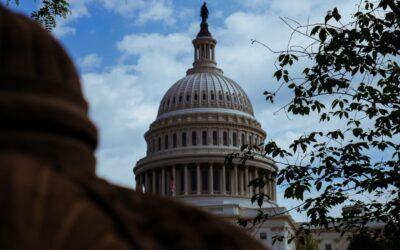Employers with qualified 401(k) plans that fail nondiscrimination testing each year may find that a plan amendment to add a safe harbor contribution is an effective solution. A safe harbor provision requires a mandatory employer contribution, 100% immediate vesting of safe harbor funds, and an annual notice for all plan participants. But, it may also allow a plan to automatically satisfy ADP/ACP tests, Top Heavy requirements, and 401(a)(4) for cross-tested plans.
Choosing the type of safe harbor contribution that fits your plan can be overwhelming. A review of participant demographics, employee deferral rates, and current plan provisions can help determine which option is best for an employer. Following is a list of the four different types of safe harbor contributions and the specific requirements for each.
Safe Harbor Nonelective Contribution
A safe harbor nonelective requires at least a 3% safe harbor contribution to all eligible plan participants. A nonelective contribution is often the most cost effective option for plans that are top heavy and make additional annual employer contributions.
Safe Harbor Matching Contribution
A basic safe harbor matching formula requires a match rate of 100% of employee deferrals up to 3% of compensation plus 50% of employee deferrals between 3% – 5% of compensation, for a maximum match of 4% of eligible compensation. Safe harbor matching plans offer a simple transition for many employers who are currently making a discretionary matching contribution, but consistently fail ADP and/or ACP testing. A safe harbor matching option may also be beneficial for plans with low employee deferral participation.
Enhanced Safe Harbor Matching Contribution
A plan may allow for an alternative matching contribution that differs from the safe harbor basic match as long as the formula is a fixed rate and the contribution amount does not increase as employee deferral contributions increase. An enhanced matching formula must also provide a benefit equal to or greater than the maximum allowable basic safe harbor matching contribution (i.e., 4%). For instance, a fixed 4% annual safe harbor matching contribution would meet the enhanced safe harbor matching requirements.
Automatic Enrollment Contribution
The safe harbor exemption for automatic enrollment requires both employers and employees to make contributions to the plan. Upon becoming an eligible participant, employees must defer at least 3% in the first year of participation, 4% in the second year, 5% in the third year, and 6% in the fourth and all future years. An employer may require participants to defer at least 6% immediately to avoid the hassle of tracking the automatic increase for each active participant. Under an automatic enrollment safe harbor plan, employers must make either a matching or a nonelective contribution. Employers who chose the matching option must make a contribution of 100% on the first 1% deferred, and 50% of the next 5% deferred for a maximum match of 3.5%. The nonelective contribution must provide all eligible participants with a 3% safe harbor contribution, whether or not they defer into the plan. Unlike standard safe harbor plans, the automatic enrollment feature does not require immediate vesting until a participant earns 2 years of vested service.
Under a safe harbor plan, highly compensated employees may make deferral contributions, up to the IRS limits, and avoid a contribution refund after the end of the plan year due to test failure. A safe harbor provision also allows for an exemption from top heavy requirements as long as no other employer contributions (e.g., profit sharing, forfeiture allocation) are made to the plan in addition to the safe harbor contribution. Despite the mandatory contribution rules and immediate vesting requirements, safe harbor contributions can provide a simple solution for employers who would like to avoid test failures.
Blog authored by Sara Lewis, Retirement Plan Administrator.


